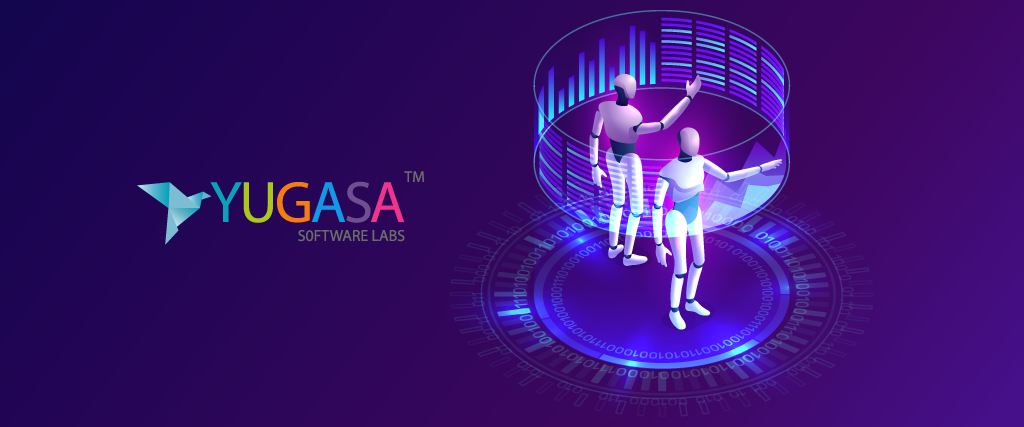An introduction to Edge Computing

Edge Computing: The rapid development of technology has seen an increase in the number of IoT devices in recent years. This number is expected to increase more in the future as well. In the year 2019 itself, more than 6 billion IoT devices are in use. The rise in the number of devices means the increase in data generation. This voluminous data generated from the devices is creating problems as the processing of this data is a challenging task.
IoT devices generate data which is stored on the cloud. This data needs faster processing and response. However, due to the increase in transmission latency the IoT device user might face some performance troubles. Transmission latency increases due to the increase in the distance between the cloud and the IoT device user. Thus, the closer the user to the cloud, the better is the performance speed of the device.
The concept of Edge computing came into the feature in order to sort out this problem. Edge computing is somewhat similar to the Content Delivery Network (CDN) but edge server processes the data generated from IoT devices in edge computing instead of the centralized cloud server. There is an edge server near the IoT device user which serves as a bridge between the cloud and the user. This decreases the data transmission latency and the user experiences a speedy performance of the device.
There are some areas that require minimal transmission latency such as smart homes, cloud gaming, video streaming, smart devices, etc. If there is a delay in data transmission in these areas then the impacts can be dangerous. For example, in the case of self-driving cars the response from the cloud should be very quick. If there is a delay in transmission of response after the car sends the data to the central server, consequences can be dangerous as the car cannot take human-like decisions on its own. Thus, edge computing reduces the transmission latency when voluminous data has to be transmitted.
Edge computing helps in real-time data processing without any sort of transmission latency. Since the data is processed near the user device, the usage of Internet bandwidth is also reduced. These features of edge computing are making it a fundamental constituent for organizations. According to one of the statistics of Gartner, 50% of the data generated by an enterprise will be created and processed by edge computing rather than centralized cloud data centres by 2022.
Edge Computing - Advantages and difficulties
The decrease in response time to microseconds can be taken as the major advantage of edge computing. There is less usage of internet bandwidth that ultimately saves the network resources. Although edge computing seems similar to cloud computing, there is a difference in the advantages and applications of cloud computing.
Edge computing has a handful of challenges despite its capability to mitigate latency in data transmission and network usage. Some of them are:
Network Bandwidth
The storage of more data demands the expansion of bandwidth. Thus, the network bandwidth needs to be increased with the increase in the amount of data while edge computing is used.
Security - Edge Computing
Due to the distributed structure, edge computing is vulnerable to security exploits. This type of architecture increases attack vectors that may result in malware infections.
Compliances
The data stored over Edge servers need verification for compliances and regulations as data is one of the key components of any business organization.
Latency
The distance between the user device and cloud affects the transmission latency. Sometimes there is an increase in latency that may result in disastrous consequences.
Hence, edge computing along with solutions brings some challenges too. These difficulties can be overcome by consulting with cloud experts to start utilizing the benefits of edge computing. So, the implementation of edge computing in any business surely helps in the growth of the business.
